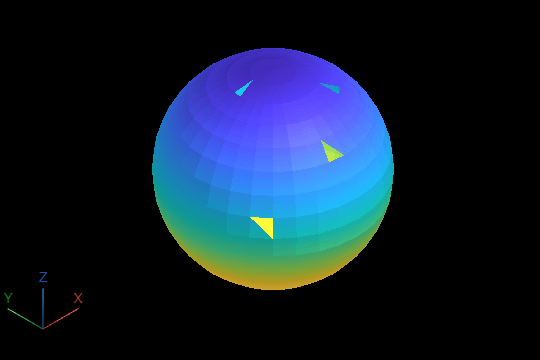mesh2pc
Syntax
Description
ptCloud = mesh2pc(surfaceMeshObj)
ptCloud = mesh2pc(triangulationObj)
ptCloud = mesh2pc(___,Name=Value)NumPoints=1000
samples 1000 points from the input mesh surface to create a point cloud.
Examples
Input Arguments
Name-Value Arguments
Output Arguments
References
[1] Yuksel, Cem. “Sample Elimination for Generating Poisson Disk Sample Sets.” Computer Graphics Forum 34, no. 2 (May 2015): 25–32. https://doi.org/10.1111/cgf.12538.
Version History
Introduced in R2024b
See Also
pc2surfacemesh | surfaceMesh | surfaceMeshShow | readSurfaceMesh | writeSurfaceMesh

